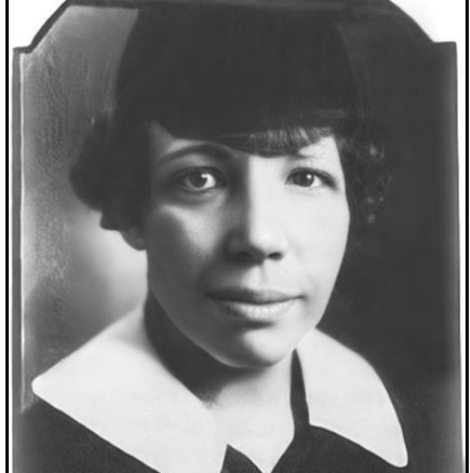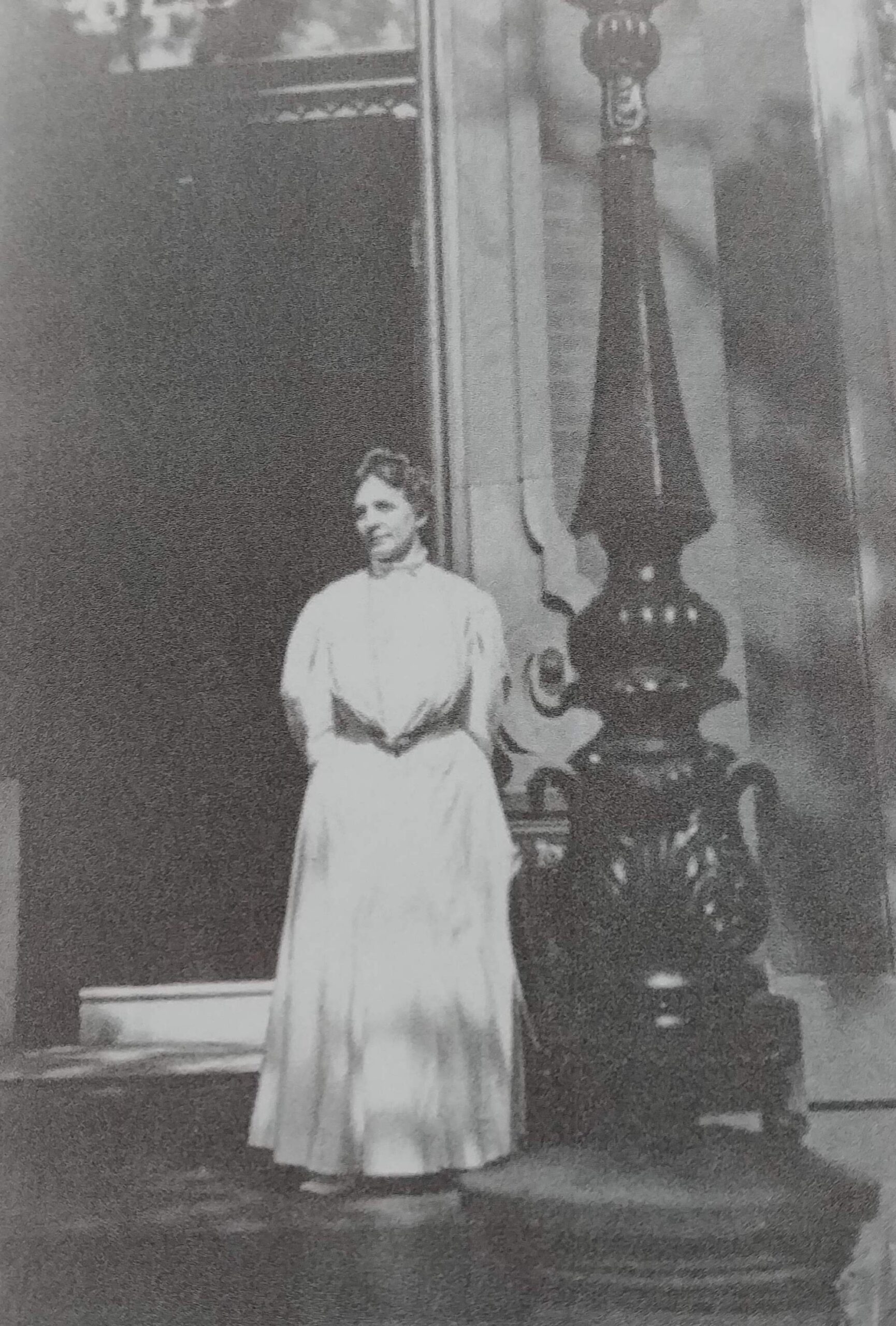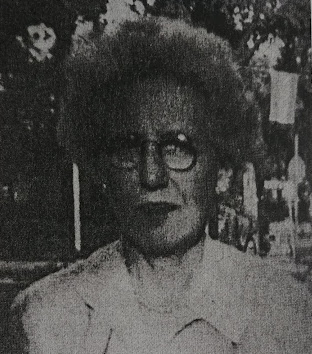Women have been making their mark upon the chiropractic profession since its inception over 125 years ago. At a time when women weren’t yet allowed to vote, women chiropractors were practicing medicine and accomplishing many firsts.
While men still dominate the profession, women continue to make strides. According to the National Board of Chiropractic Examiners’ (NBCE) Practice Analysis of Chiropractic 2020, the number of women chiropractors has more than doubled since 1991 to nearly 32%.
In honor of Women’s History Month, here are just a few of the remarkable women that have made a difference within the chiropractic medicine field through the years:
Louise (Bousen) Clague is among the first Black women to practice chiropractic medicine
 In 1926, Louise (Bousen) Clague became the first Black woman to graduate from National.
In 1926, Louise (Bousen) Clague became the first Black woman to graduate from National.
Prior to her advanced academic career, Dr. Clague served as a field nurse in the U.S. Army and a physiotherapist with the United States Public Health Service for nearly 14 years. Dr. Clague is not only among the first Black female chiropractors, she is believed to be among the few African American individuals to graduate from Lincoln, National and Palmer chiropractic colleges between 1920 and 1950.
Alma Arnold is a forgotten pioneer
 Alma Arnold is considered chiropractic medicine’s forgotten woman pioneer, according to a 1996 Chiropractic History Journal article. After graduating from the first class of Langsworthy’s American School of Chiropractic & Nature Cure in Iowa in 1903, Dr. Arnold was the first chiropractor to practice in New York and may have been the first woman president of a chiropractic college. She treated the one of the profession’s first celebrity patients, Clara Barton, the founder of the American Red Cross from 1909-1912.
Alma Arnold is considered chiropractic medicine’s forgotten woman pioneer, according to a 1996 Chiropractic History Journal article. After graduating from the first class of Langsworthy’s American School of Chiropractic & Nature Cure in Iowa in 1903, Dr. Arnold was the first chiropractor to practice in New York and may have been the first woman president of a chiropractic college. She treated the one of the profession’s first celebrity patients, Clara Barton, the founder of the American Red Cross from 1909-1912.
 Dr. Arnold wrote what may have been the first health book for patients by a chiropractor, published in 1918 by Knopf. Triangle of Health reflected on the natural health movement with insight into spinal manipulation. The book also discussed hygiene and diet, which were central to her practice and tenets chiropractors still adhere to today.
Dr. Arnold wrote what may have been the first health book for patients by a chiropractor, published in 1918 by Knopf. Triangle of Health reflected on the natural health movement with insight into spinal manipulation. The book also discussed hygiene and diet, which were central to her practice and tenets chiropractors still adhere to today.
She was also amongst the first women to do jail time for their profession in 1911 and 1913. According to the 1996 Chiropractic History article, chiropractors began to introduce licensing bills around 1914, but the fight for tolerance would continue for over half a century.
Chiropractor Kathryn Scallon served 6 months in jail during the profession’s battle for legal recognition
 Kathryn “Kitty” Scallon decided to become a chiropractor after one significantly helped relieve her tuberculosis symptoms. She had been in practice for over 25 years when she and her husband, who was also a chiropractor, were arrested for “practicing medicine without a license” in 1949. At the time, there were no provisions for licensing in the state of New York.
Kathryn “Kitty” Scallon decided to become a chiropractor after one significantly helped relieve her tuberculosis symptoms. She had been in practice for over 25 years when she and her husband, who was also a chiropractor, were arrested for “practicing medicine without a license” in 1949. At the time, there were no provisions for licensing in the state of New York.
Both in their 50s, Dr. Scallon also suffered from epilepsy throughout her life. Possibly because of her health, she served 6 months in jail while her husband served a full-year. When released she went right back to practicing medicine.
During her time in jail, she shares her thoughts on the “terrible injustice” in a letter to a fellow chiropractor.
I sometimes think this is all a horrible dream and when I realize it isn’t a terrible feeling comes over me and when I see the bars in my cell I know I’m in jail.
The hard part of it all is the terrible injustice. Two people, whose uppermost thoughts were to help others and who have led such upright good lives, to be put through this humiliation and suffering just doesn’t make sense.
Rosemary Rooney, RN, DC, is National’s first female professor in basic sciences
 At National, women have been making strides in the field of science since the early 20th century. In 1916, Rosemary Rooney, DC, may have been the first female professor in the basic science division of National’s curriculum, according to a book on National’s history from 1906-1981 by Ronald Beideman. She later became Dean of Women as early as 1917.
At National, women have been making strides in the field of science since the early 20th century. In 1916, Rosemary Rooney, DC, may have been the first female professor in the basic science division of National’s curriculum, according to a book on National’s history from 1906-1981 by Ronald Beideman. She later became Dean of Women as early as 1917.
Dr. Rooney was a graduate of the Ohio Hospital for Women and Children and attended the University of Cincinnati. Before National, she had also been a lecturer on hygiene and public health for the Cincinnati Board of Health. According to Beideman’s book, “Dr. Rooney was one of the first of a long line of women who would provide important pedagogical contributions to [National’s] never-ending pursuit of higher educational standards.”
Appa Anderson, DC, ND, DACBR, is the first female chiropractic radiologist
 Appa Anderson’s first professional experience with radiology was in the Women’s Auxiliary of the Army Medical Corps as a radiographer in Colorado from 1944-1946. Afterward, she would obtain her Doctor of Chiropractic degree from Western States Chiropractic College in 1949. In addition to operating a private radiology practice in Oregon, she taught at Western States for 40 years and even started a radiology residency program, which she modeled after the two-year course developed by National. She would remain the only female chiropractic radiologist until 1980 and received various honors including Oregon Chiropractor of the Year twice and Alumnus of the Year.
Appa Anderson’s first professional experience with radiology was in the Women’s Auxiliary of the Army Medical Corps as a radiographer in Colorado from 1944-1946. Afterward, she would obtain her Doctor of Chiropractic degree from Western States Chiropractic College in 1949. In addition to operating a private radiology practice in Oregon, she taught at Western States for 40 years and even started a radiology residency program, which she modeled after the two-year course developed by National. She would remain the only female chiropractic radiologist until 1980 and received various honors including Oregon Chiropractor of the Year twice and Alumnus of the Year.
According to an article in the Chiropractic History Journal 2001 issue, Anderson’s dedication to her students may be best illustrated by events that took place when she was teaching an obstetrics and gynecology class in the 1950s, during which she allowed her students to observe and participate in the birth of her own child. The students at the time were required to observe at least three births.
 Early on in Dr. Anderson’s life, a National graduate may have had a hand in inspiring her to enter the field. One of Dr. Anderson’s first memories of chiropractic medicine was with a National graduate who treated her in Kansas when she was around 10. “I’d be standing there and he’d run his fingers down my back…And I thought that was amazing,” she said in a 1989 interview. “He would find all them sore spots.”
Early on in Dr. Anderson’s life, a National graduate may have had a hand in inspiring her to enter the field. One of Dr. Anderson’s first memories of chiropractic medicine was with a National graduate who treated her in Kansas when she was around 10. “I’d be standing there and he’d run his fingers down my back…And I thought that was amazing,” she said in a 1989 interview. “He would find all them sore spots.”
These are just a few of the women who faced many unknown struggles as they fought to break into the fields of science and medicine. But, as a result, they have not only helped pave the way for future women in the chiropractic field, they have also helped shape the profession into what it is today.
Photo sources: Chiropractic History 1996 issue, Chiropractic: an illustrated history edited by Dennis Peterson and Glenda Wiese, In the Making of a Profession: The National College of Chiropractic 1906-1981 by Ronald Beideman, Chiropractic History 2001 issue.
{{cta(’03acadf1-7766-440d-84d3-675d2610b0fd’)}}




0 Comments